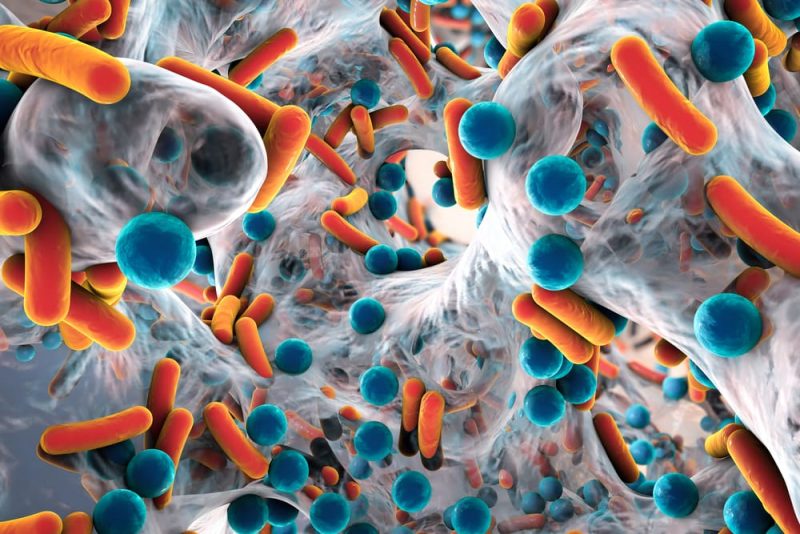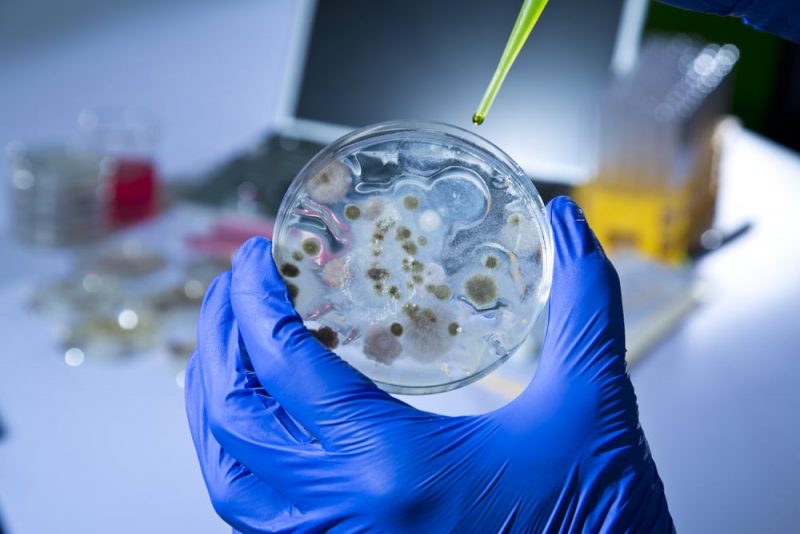[ad_1]
The kingdoms of nature are divisions that allow living beings to be classified to facilitate their study and understanding.
The five natural kingdoms are:
- Vegetal kingdom (Plantae). They are organisms capable of photosynthesis, that do not have the ability to move and that have cellulose cell walls.
- Animal Kingdom (Animalia). They are those organisms that have the ability to move, that do not have a cell wall, that are heterotrophic and that develop from embryos.
- fungi kingdom. They are organisms that do not move and have cell walls of chitin.
- protist kingdom. Organisms with the same cellular structure as animals, plants, and fungi (eukaryotic cells) but that cannot be classified within the other kingdoms.
- Kingdom Monera. Organisms made up of prokaryotic cells.
The Kingdom Monera it is the only one where prokaryotic organisms are found. Eukaryotic organisms are grouped into the other four kingdoms.
Eukaryotic cells are those that have a differentiated core, that is to say that its genetic material is separated from the cytoplasm by a nuclear membrane. Cells present free DNA in the cytoplasm.
In the Monera kingdom we find almost exclusively unicellular organisms such as bacteria or archaea.
Examples of Kingdom Monera
- Escherichia coli. Phylum: proteobacteria. Class: gammaproteobacteria. Order: Enterobacteriales. Gram-negative bacillus that causes gastrointestinal infections.
- Lactobacillus casei. Division: Firmicutes. Class: Bacilli: Order: Lactobacillales. Gram-positive anaerobic bacteria found in the intestine and mouth of humans. Produces lactic acid.
- Clostridium tetani. Division: Firmicutes. Class: clostridia. Order: Clostridials. Gram-positive, spore-forming, anaerobic bacteria. It is found in the gastrointestinal tract of animals. It causes serious infections in humans, for example tetanus disease.
- Clostridium septicum. Division: Firmicutes. Class: clostridia. Order: Clostridials. Gram positive anaerobic bacteria. It causes diseases in humans such as abscesses, grangrena, neutropenic enterocolitis and sepsis.
- Chlamydia (chlamydia). Division: Chlamydiae. Order: Chlamydiales. Gram negative bacteria that cause sexually transmitted diseases.
- Clostridium botulinum. Division: Firmicutes. Class: clostridia. Order: Clostridiales. Bacillus found in soil. Due to its metabolism, it produces a toxin that causes botulism.
- Sorangium cellulosum. Division: Proteobacteria. Class: deltaproteobacteria. Order: Myxococcales. Gram-negative bacteria. It has the largest known genome in a bacterium.
- Serpulin (bachyspira). Division: spirochaetes. Class: spirochaetes. Order: spirochaetales. Anaerobic bacteria that parasitize humans.
- Vibrio vulnificus. Division: Proteobacteria. Class: gammaproteobacteria. Order: vibrionales. Salt-tolerant bacillus, so it can thrive in seawater. It is a pathogen for humans, that is, it causes infections. It is a Gram-negative bacterium.
- bifidobacteria. Division: actinobacteria. Class: actinobacteria. Order: bifidobacteriales. They are the bacteria found in the colon. They participate in digestion and reduce the incidence of allergies, in addition to preventing the growth of certain tumors.

Characteristics of the Kingdom Monera
- they have no organelles. In addition to lacking a cell nucleus, they also do not have plastids, mitochondria, or any endomembrane system.
- Feeding. They feed by osmotrophy, that is, they absorb nutrients by osmosis from substances dissolved in the environment. This feed can be:
- heterotroph. They feed on organic material from other organisms. They are saprophytic if they feed on debris; parasites if they feed on living organisms or symbiotic if they establish a relationship with another organism in which both benefit.
- autotroph. They develop their own food through photosynthesis or chemosynthesis.
- Variable dependence on oxygen. Not all organisms in the Monera kingdom use oxygen for their metabolism. Those that use oxygen are called aerobes and those that do not need it are called anaerobes.
- Reproduction. It is mainly asexual by binary fission. That is, there is no mitosis.
- Locomotion. These organisms can move thanks to flagella.
- DNA. It is shaped like a circular thread and is free in the cytoplasm.

[ad_2]
